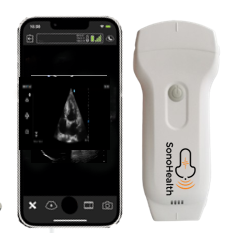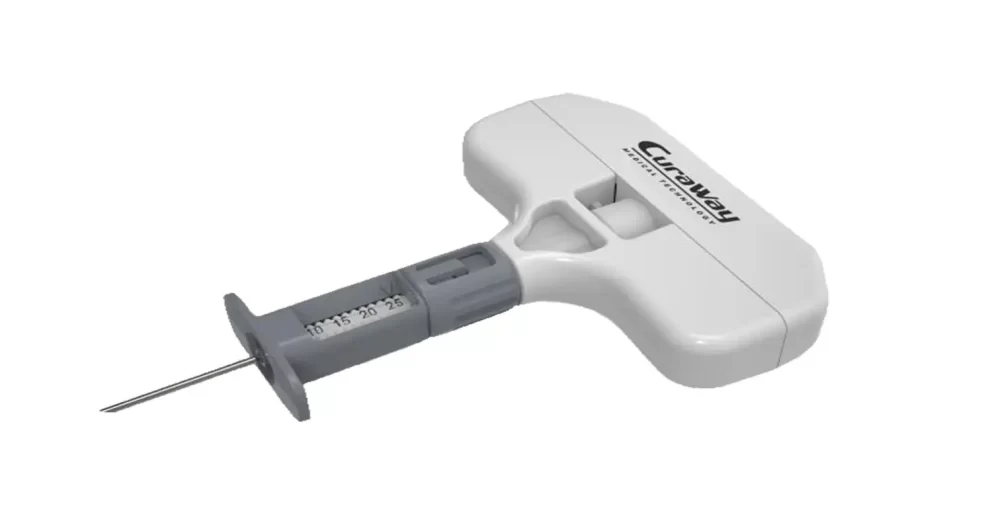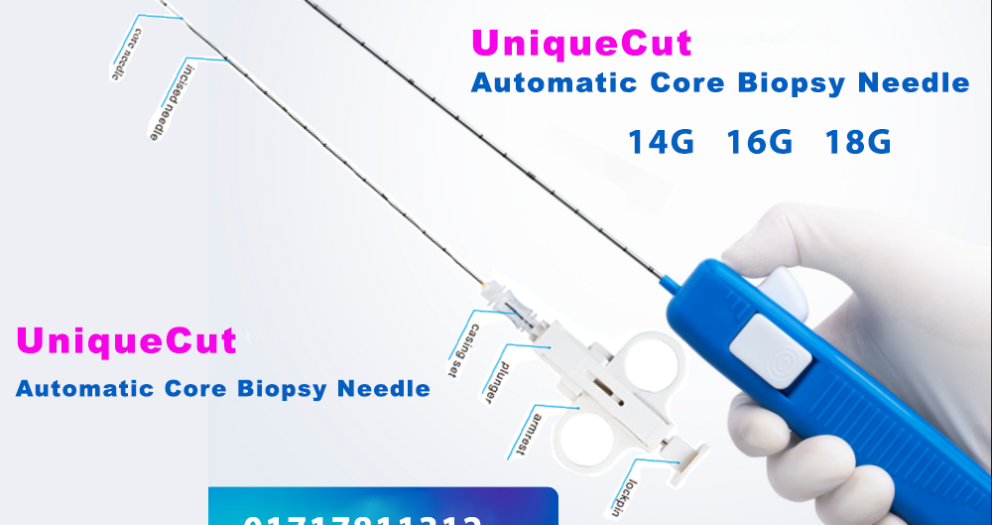Wireless Ultrasound: Revolutionizing Point-of-Care Imaging
Wireless Ultrasound: Revolutionizing Point-of-Care Imaging
In the rapidly evolving world of medical technology, few innovations have disrupted traditional practices like wireless ultrasound. Also known as handheld or portable wireless ultrasound, this technology is transforming the way physicians perform diagnostic imaging—making it faster, more accessible, and more affordable than ever before.
Whether you're a clinician, a medical student, or a hospital procurement officer, understanding the benefits, applications, and limitations of wireless ultrasound can help you embrace the future of point-of-care ultrasound (POCUS).
What is Wireless Ultrasound?
Wireless ultrasound is a type of portable imaging device that allows real-time scanning without the use of cables. These devices typically connect to smartphones, tablets, or laptops using Wi-Fi or Bluetooth and are operated through dedicated apps.
Instead of relying on bulky ultrasound machines that require physical probes and wired connections, wireless ultrasound systems feature compact probes with built-in electronics, battery, and signal transmission capability. This portability allows clinicians to perform scans literally anywhere—at the bedside, in rural clinics, in ambulances, or during emergency field operations.
Key Components of a Wireless Ultrasound System
- Wireless Probe – Contains the transducer, signal processor, battery, and wireless transmitter
- Mobile Device – A smartphone, tablet, or laptop acts as the display unit via a dedicated app
- Software/App – The interface that allows scanning, image storage, cloud sharing, and AI assistance
- Charging Station – Most wireless probes come with a fast-charging dock
Advantages of Wireless Ultrasound
1. Portability and Convenience
The most obvious benefit is portability. Traditional ultrasound machines are bulky, whereas wireless ultrasound probes weigh as little as 200 grams and fit into a pocket. Physicians can carry it around in hospitals, on home visits, or even on flights.
2. Real-Time Diagnostics at the Point of Care
Wireless ultrasound enables point-of-care ultrasound (POCUS)—an essential tool in emergency, critical care, and rural medicine. Clinicians can perform quick assessments for trauma, fluid accumulation, cardiac function, fetal wellbeing, and more without waiting for radiology departments.
3. Reduced Infection Risk
The wireless, cable-free design minimizes the risk of cross-contamination in sterile environments like ICUs or COVID-19 wards. The device can be easily disinfected between patients.
4. Cost-Effective
Wireless ultrasound systems are far less expensive than traditional consoles. Prices range from $2,000 to $10,000, depending on features and brand. This cost-effectiveness makes them ideal for small clinics, NGOs, or veterinary practices.
5. AI and Cloud Integration
Most modern wireless ultrasound devices support AI-based guidance, cloud-based storage, and integration with electronic medical records (EMR). This helps standardize care and enhance training.
Applications of Wireless Ultrasound
Wireless ultrasound has revolutionized imaging across multiple fields:
- Emergency Medicine – For trauma evaluation (FAST exam), cardiac arrest, internal bleeding
- Critical Care – Lung ultrasound, fluid status, bedside cardiac evaluation
- Obstetrics & Gynecology – Fetal well-being assessment, early pregnancy scans
- Anesthesia – Nerve blocks, vascular access guidance
- Cardiology – Bedside echocardiograms and cardiac monitoring
- Veterinary Medicine – For small and large animal diagnosis
- Primary Care – For abdominal, musculoskeletal, and thyroid exams in outpatient settings
- Military & Disaster Relief – For quick deployment in field hospitals and rescue operations
Leading Brands and Models in the Market
1. SonoHealth Wireless Ultrasound (Bangladesh)
A rising player in Bangladesh, SonoHealth offers 3-in-1 wireless ultrasound probes combining convex, linear, and cardiac (phased array) heads in a single device. Their FDA and CE-certified products are ideal for vascular, abdominal, and emergency use.
5. SonoWave
Chinese brands offering competitive features and FDA-registered devices. Widely distributed.
Wireless Ultrasound in Bangladesh – A Growing Trend
In Bangladesh, the wireless ultrasound market is gaining momentum in both public and private sectors. Companies like Unique Medi Trade, SonoWave Technologies, and Praxis Healthcare are bringing in FDA-approved devices, making it easier for doctors and clinics to access cutting-edge imaging tools.
Who is Buying?
- Government hospitals (ICU, NICU, ED)
- Private diagnostic centers and clinics
- Obstetricians and anesthesiologists
- NGOs operating in rural areas
- Veterinary practitioners
- Telemedicine startups
Bangladesh’s healthcare professionals are realizing that wireless ultrasound is not a luxury—it’s a necessity, especially in regions with limited infrastructure.
Wireless ultrasound is more than a gadget—it’s a game-changer. It brings diagnostics closer to the patient, enhances the power of POCUS, reduces healthcare costs, and enables clinicians to make faster, life-saving decisions.
Whether you're in a city hospital or a rural clinic in Bangladesh, wireless ultrasound offers a practical, cost-effective solution that improves diagnostic confidence and patient outcomes.
Want to Buy Wireless Ultrasound in Bangladesh?
Contact Unique Medi Trade or SonoWave for expert consultation, demo units, and affordable pricing.
📞 Hotline: +881717811312
🌐 Visit: www.uniquemeditrade.com
💼 Nationwide delivery and technical support available.




